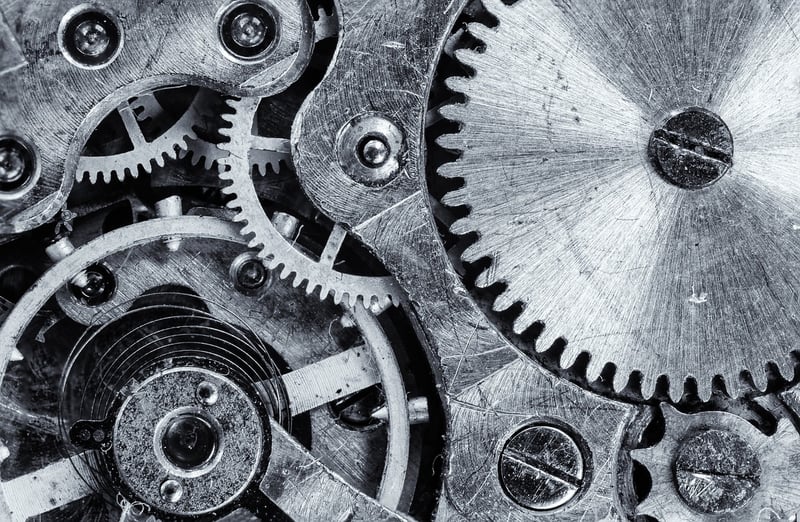WABAC Machine
Modes of Time Travel and the WABAC Machine
Time travel has been a fascinating concept in science fiction for decades, capturing the imagination of many. While it remains a theoretical possibility, various modes of time travel have been depicted in literature, movies, and TV shows. Let's explore some of these modes and take a closer look at the iconic WABAC Machine.
1. Time Machines
Time machines are perhaps the most common mode of time travel in fiction. These devices enable individuals to travel backward or forward in time, altering historical events or exploring the future. From H.G. Wells' "The Time Machine" to modern movies like "Back to the Future," time machines have been a staple in time travel narratives.
2. Wormholes
Wormholes are theoretical passages through space-time that could create shortcuts for long journeys across the universe. In science fiction, wormholes are often depicted as portals that connect different points in time, allowing characters to traverse through time and space instantaneously.
3. Time Loops
Time loops involve characters being trapped in a specific period, repeating the same events over and over again. This concept has been popularized in movies like "Groundhog Day" and TV shows like "Russian Doll," where characters try to break free from the loop by making different choices.
4. WABAC Machine
The WABAC Machine is a fictional time machine featured in the animated series "The Rocky and Bullwinkle Show." Created by Mr. Peabody, a genius dog, the WABAC Machine allows him and his adopted human son, Sherman, to travel back in time to witness and interact with historical events.
Now, let's take a visual journey and see the iconic WABAC Machine in action:

Whether through time machines, wormholes, time loops, or the WABAC Machine, the concept of time travel continues to captivate audiences worldwide. While the scientific feasibility of time travel remains uncertain, its portrayal in fiction allows us to explore the possibilities and consequences of altering the past or shaping the future.
So, which mode of time travel intrigues you the most?
